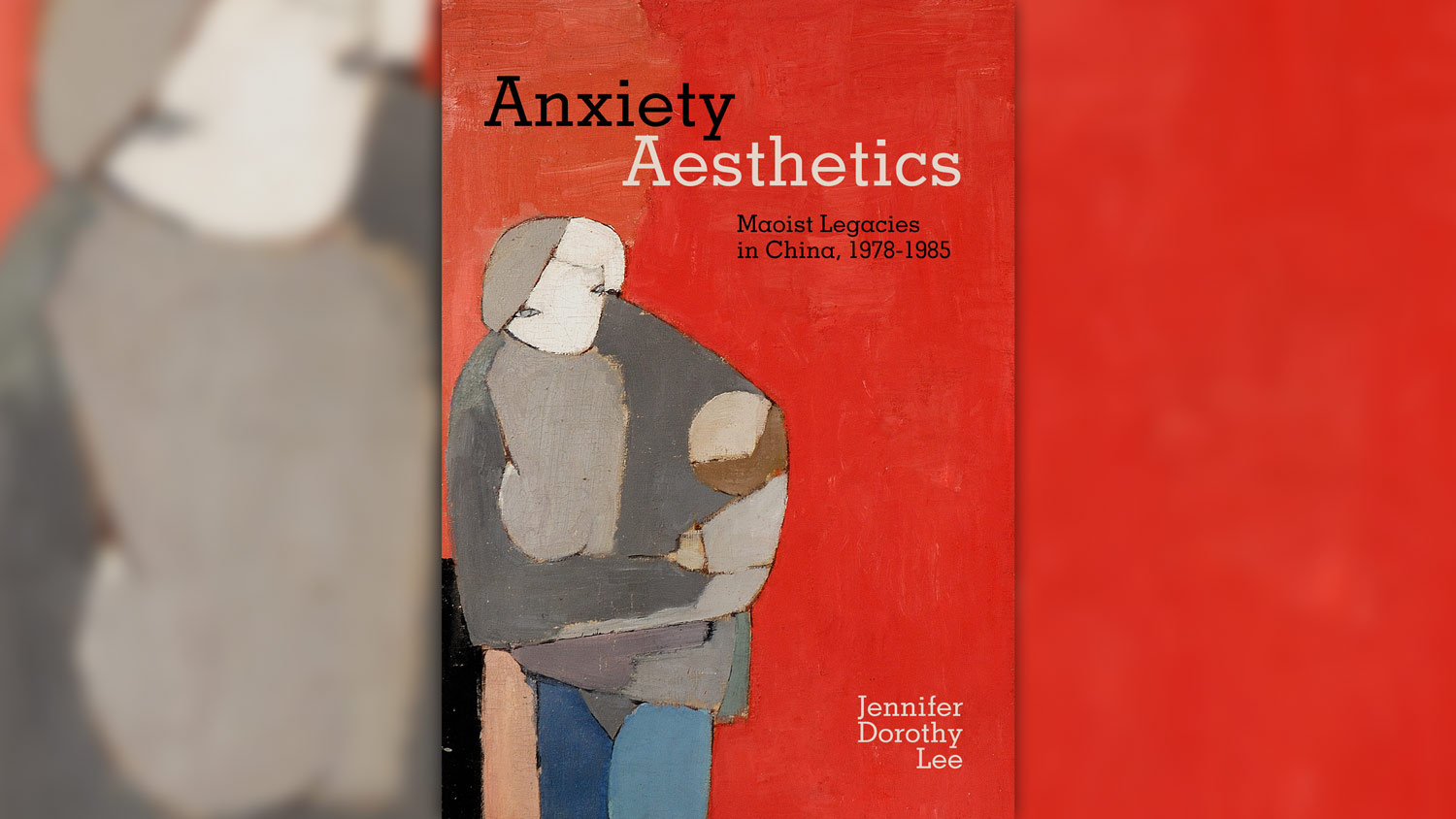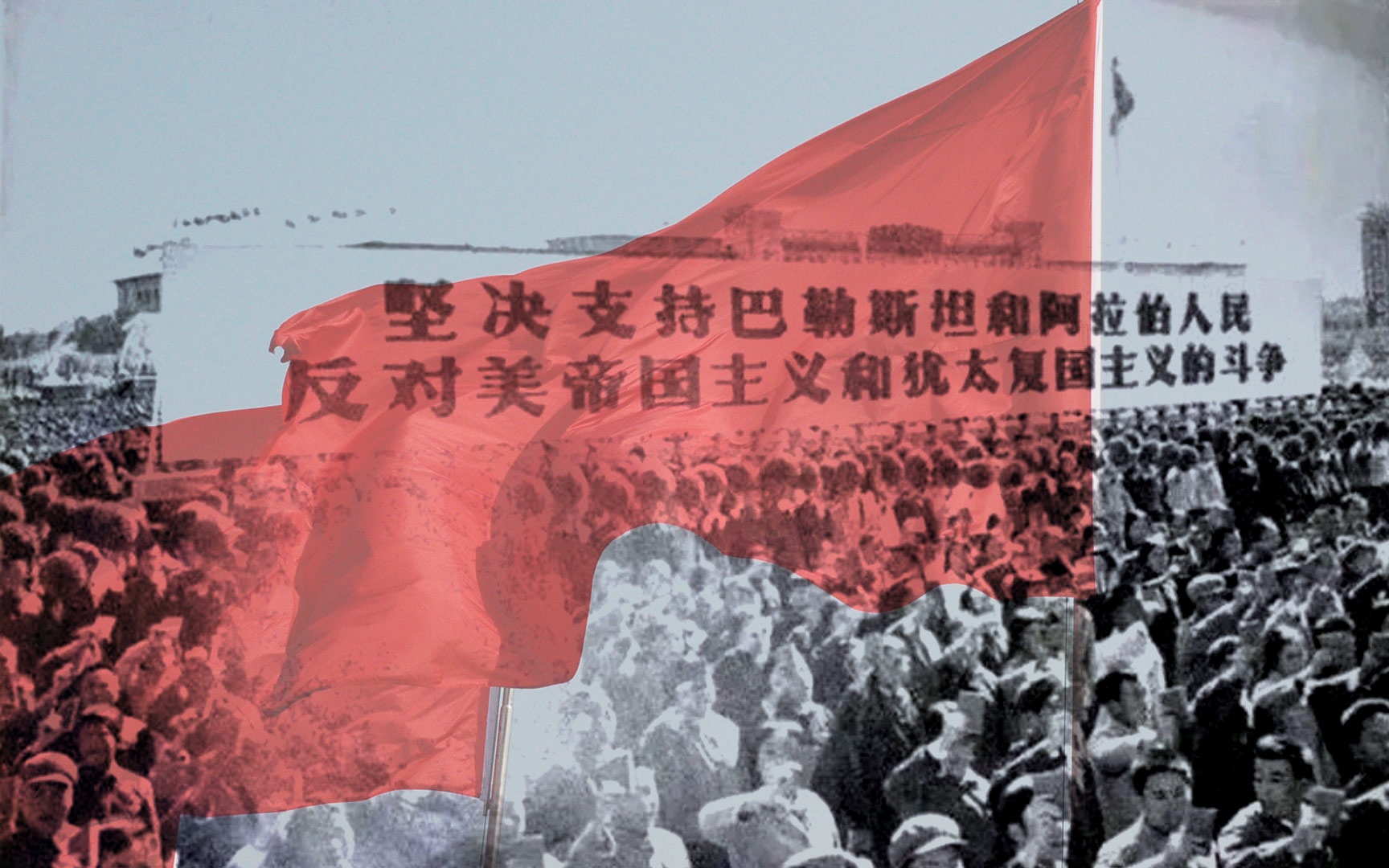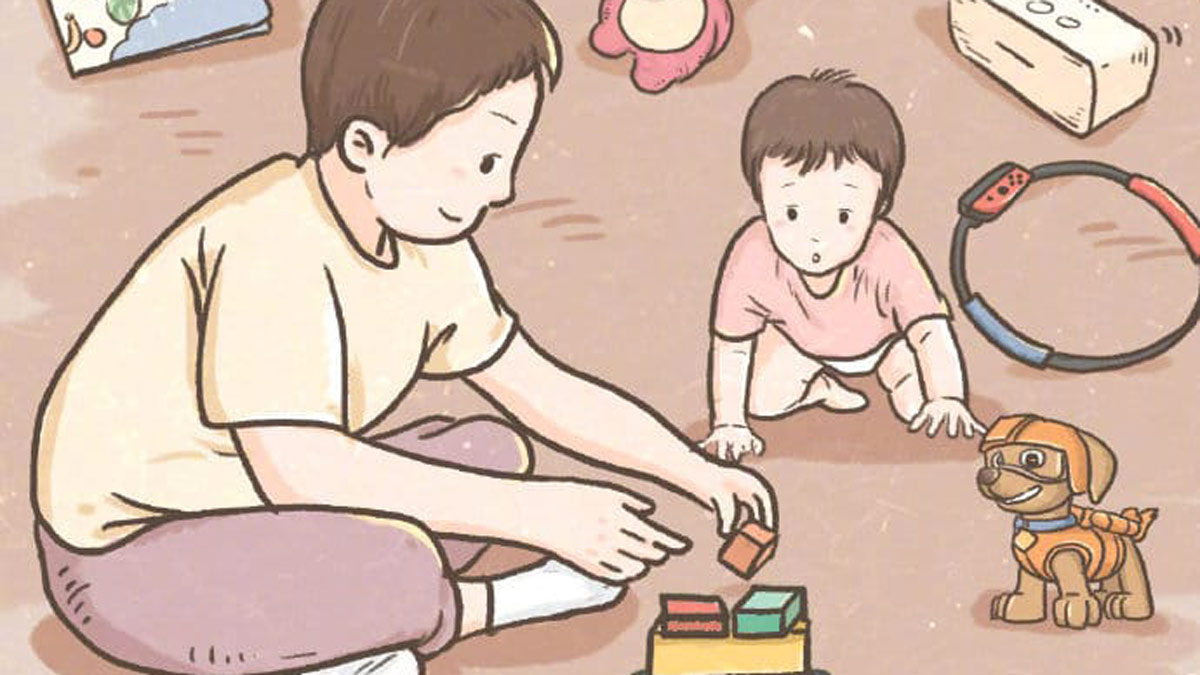
Anxiety Aesthetics: A Conversation with Jennifer Dorothy Lee
How do revolutions end? In Anxiety Aesthetics: Maoist Legacies in China, 1978–1985 (University of California Press, 2024), Jennifer Dorothy Lee asks how the aesthetic and cultural projects of the socialist period should be understood in the immediate aftermath of Mao Zedong’s death. Focusing on the late 1970s to the mid-1980s, Lee argues that the activist practices of the socialist period persisted through a crisis consciousness that expressed itself through an aesthetic of anxiety. Where others narrate the early reform era as a time of dismantling the intellectual projects of the socialist period, Lee instead sees surprising continuities with the Maoist era—even a defiance of periodisation. Crisis consciousness underwrites events such as the first outdoor art exhibition of the Stars Art Group, which Lee narrates as an aesthetic intervention into public space through the social practices of the revolutionary mass campaign. In her telling, anxiety is a reaction to deferred closure that facilitates the internal transformations of the visual and political expressions of the revolutionary period. It can explain how, in the 1980s, the Marxist theoretician Liu Zaifu could compare the artist’s labour to an automated process of computer processing, or how the artist Wu Guanzhong could resurrect abstraction as a project of Maoist scientism. By the book’s end, Lee makes a compelling case for understanding the emergent cultural and intellectual transformations of the early 1980s as the groundwork for the sense of global contemporaneity that continues to define China today.
Angie C. Baecker: In your book you write against a cultural history of contemporary China defined by ruptures with the Maoist past. You argue that the reform era should be understood in continuity with the experience of the socialist period through a framework of ‘anxiety aesthetics’. What is anxiety aesthetics and how did you develop this idea?
Jenny Dorothy Lee: I’ll start by breaking the term into two, ‘anxiety’ and ‘aesthetics’. When I was living and studying in China in the 2000s and 2010s, I was exposed to the emerging art scenes and was interested in how people, mainly intellectuals and students, were talking about the idea of contemporaneity (当代性) in China. People were talking endlessly about what makes something contemporary, and I was drawn to it because it clearly seemed to be a problem. Ai Weiwei, for example, wrote an exhibition review in 2012 for The Guardian in which he declared that China’s art world does not exist. It’s a short and strange read. Ai essentially says: look at these artists from China—people like Duan Yingmei, Xu Zhen, Sun Yuan, and Peng Yu—who are being accepted into this global contemporary art sphere in London, but their art has no authenticity.
ACB: Would you say that Ai Weiwei’s statement about there being no art world in China is a paramount example of the anxiety aesthetic?
JDL: Absolutely. He probably wanted to see a trace of a commitment to political ideals or maybe even a sense of a certain Maoist dedication or drive—things that might reflect the concerns of his generation or even those of a previous generation. And not seeing that seemed to annoy or anger him enough to write off the very contemporaneity of Chinese artists. So, I see him articulating some facet of the anxiety aesthetic or this sense that contemporary art in China is always flawed. I took that idea to heart in my own project of trying to understand the periodisation of contemporary art in the country. By taking seriously the idea that there is a flaw, a perceived problem, or a struggle at the core of the contemporary in China, I began to see it as something that could only be formed or understood through a lens of worried consciousness, crisis consciousness, or anxious consciousness—anxiety being the term on which I landed.
Of course, many scholars have written about worried consciousness (忧患意识). But in my research, I was finding clues that this worried consciousness was present as early as the founding of socialist art institutions like the Lu Xun Academy of Fine Arts, which was established in 1938 in Yan’an. Its first slogan—and there are several different versions floating around—was ‘tension, seriousness, assiduousness, humility’ (紧张、严肃、刻苦、虚心). Of course, only a Maoist slogan would sound like this, with the idea of tension built into the linguistic, institutional foundations. It is the most counterintuitive slogan you will hear for an art school. But when I found this, I felt it was a grounding and a rationale for something I had been noticing for a while: this idea that Maoist anxiety provided a way of talking about contemporaneity in art-making. And that’s where the idea of anxiety aesthetics came from.
ACB: I guess I had not appreciated how much the anxious way of thinking doesn’t just define the art of the reform period but is a holdover from the Maoist era.
JDL: Absolutely. It’s really about a specifically Maoist anxiety as opposed to the anxiety of melancholia, for example, or a condition of despair that belongs more to a bourgeois sensitivity. I remember being warned by others that if I brought up anxiety, people were going to assume that I was talking about Freud or Lacan and expect to see a psychoanalytic framework. So, I wanted to make clear that I was not pursuing psychoanalysis. This is more about a sense of anxiety that presents an alternative to certain paradigms, including the idea of the romantic hero. Cui Shuqin and Jason McGrath have written about looking at the poses and expressions of revolutionary heroes in Maoist cinema and how you are not meant to fall in love with them so much as to sublimate their fervour and recognise their political commitment (see Cui 2003: esp. Ch. 4; McGrath 2022: Ch. 4). In those films, the narrative culmination is usually ascending to the Communist Party, like in The Red Detachment of Women. That is the structure of consciousness I’m talking about. It is very much driven by a sense of anxiety, of tension—the tautness of self-preparation.
ACB: What is it about anxiety and moments of historical rupture that you think is productive for thinking about the cultures of historical transition?
JDL: I write about rupture as a trigger point. It’s this idea that you have been pursuing or participating in something for a long time, whether that’s a state project or promises that were made about the future, or something more mundane. Regardless of what it is, there is a feeling of having the rug pulled out from under you when something so finite as an ending is imposed. And there is an endpoint here. We can point to Mao Zedong’s death, the arrest of the Gang of Four, or the Tangshan earthquake, all of which occurred in 1976, as events that punctuate the Maoist era as a historical period. At the same time, it’s very much the case that people are going to keep living the way they have been living. So, I think about how the imposition of a conclusion is as much a formality as it is a reality.
People are never going to live the way that is narrativised in the dominant media. If you look at the Beijing Spring, for example, the participants were exercising almost a habituated way of living their lives and expressing themselves, participating in civil society in the way they did before, whether that was participating in mass campaigns, making wall postings, staging protests, or organising mass gatherings. These moments of historical conclusion are imposed without offering any closure, and this creates conditions for precisely this kind of spillage or excess of energy. The creative practices that result from it are very much stamped with the hallmarks of Maoist anxiety.
ACB: I am connecting this with two chapters in particular—the first of course on the Democracy Wall of 1979 and how so many of the social practices of the Beijing Spring came out of Maoist forms of agitation. But I am also thinking about your chapter on Liu Zaifu and how changes to Marxist epistemology were shifting the very ways of knowing the self. I thought of your book’s subjects as broadly belonging to either a group you call ‘worker-artists’—like Huang Rui, Qu Leilei, and other artists from early independent artist groups like the Stars—or a group that we could call state-employed intellectuals, which includes thinkers like Liu Zaifu and Li Zehou, or even academy painters like Wu Guanzhong. Do you think these groups are differently anxious? Or are they working through the same questions and in the spaces of possibility?
JDL: I wouldn’t lump them all together, but I would say that there are crossovers. They are from different generations, so there are always going to be tensions between them. It is rare to find primary or even secondary materials that bring them together, but there are brief moments where the dots connect. For example, Huang Rui and Wu Guanzhong belong to very different cohorts, but when I read Huang Rui talking about how he had enough money to buy Wu Guanzhong’s works in the 1980s but didn’t because he thought his own work was better, little traces like that always make me very happy.
ACB: They show that these artists were existing in the same lifeworld.
JDL: Exactly. Another thing I discovered was Li Zehou writing about his experience of going to see the second Stars exhibition. Li is rarely talked about in the same breath as the outdoor exhibitions of the late 1970s, and most of his writing from this period is very dry stuff about ‘image thought’ (形象思维) or a critique of some Confucian text. But when I found writing from his visit to the second Stars exhibition, it opened this whole conversation about the crossovers between state-employed intellectuals and worker-artists. These crossovers show that they occupied a shared space, but experienced it differently.
They connect in the notion of the aesthetic. When we talk about Maoist aesthetics, there is always the temptation to say that it is a leftist, communist, or even Zizekian version of aesthetics. But the way I present it in the book is to say that rather than seeing Maoist China strictly through the lens of ideology, it is more generative to pull back from that leap to ideology and think instead about the implicit aesthetic vision. What that aesthetic offers is a consciousness that is always already collective. It is structured in ways that are both wilful and operating below the level of conscious thought. That is what these two groups, the worker-artists—who were in their twenties and thirties at the time—and the older generation of more securely employed intellectuals, have in common. They both operate from a shared structure of consciousness, and that is what ultimately links them in the fabric of the book.
ACB: In the conclusion, you link the Beijing Spring and Democracy Wall—things with which you started the book—with the Lennon walls of the 2019 protest movement in Hong Kong. What connections do you see between the two?
JDL: I started thinking about this question as early as 2014 with the Umbrella Movement, when I started teaching full-time. My classes attracted a lot of students who were born and raised in China, and then large numbers of Asian and Pacific Islander students, many of whom were also diasporic. Some were very sensitive to the dynamics that were unfolding in Hong Kong, and others were very activated by what was happening and thinking about what they wanted to do from afar. Balancing the dynamics in the classroom was a challenge. Together with my students, I started working through the format of democracy walls—also called Lennon walls—as a way of linking these phenomena and of getting away from seeing things through a fixed political position. The tricky part is getting students to start thinking about these through medium, whether through the idea of social space or the activation of public space, or the idea of mediality in general. How is it that one encounters things like graffiti, street art, or actions and performances in civic space? Getting folks, including myself, to think about what is happening in terms of space, form, and medium is a way of enticing us to shift the fixity of a preconception or position—and maybe even a national position—and that is what I brought into the conclusion of the book.




